Carnation vs. Marigold: Overview and Similarities of Two Popular Flowers
Carnations and marigolds are two of the most popular flowers people grow in their gardens. These flowers have different characteristics, making them unique in their ways. Carnations are known for their large, showy flowers in various colors, while marigolds have smaller flowers that are typically orange or yellow.
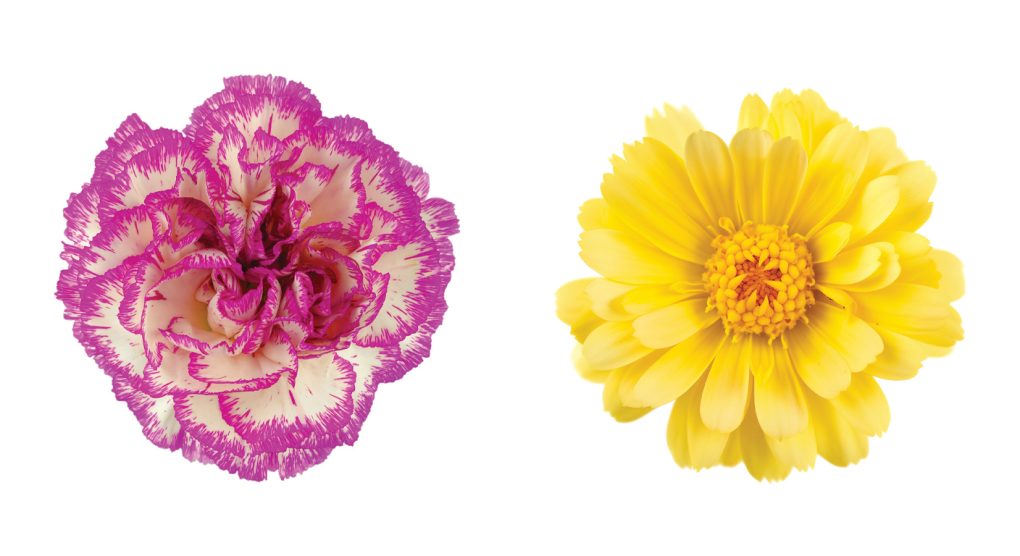
When it comes to height, carnations are much taller than marigolds. They can grow up to three feet tall, while marigolds only reach about a foot. Both flowers are relatively easy to grow and care for, making them a good choice for beginners or experienced gardeners.
Whether you want to add color to your garden or enjoy the beauty of these flowers, it is critical to understand the differences between carnations and marigolds. This article will explore the major differences between these two flowers, including their appearance, growth habits, and care requirements.
Table of Contents
Carnation Overview
According to Encyclopedia Britannica, carnation is scientifically known as Dianthus caryophyllus. It is a herbaceous plant that belongs to the pink family (Caryophyllaceae) and is native to the Mediterranean region but is now widely cultivated worldwide.
Physical Characteristics
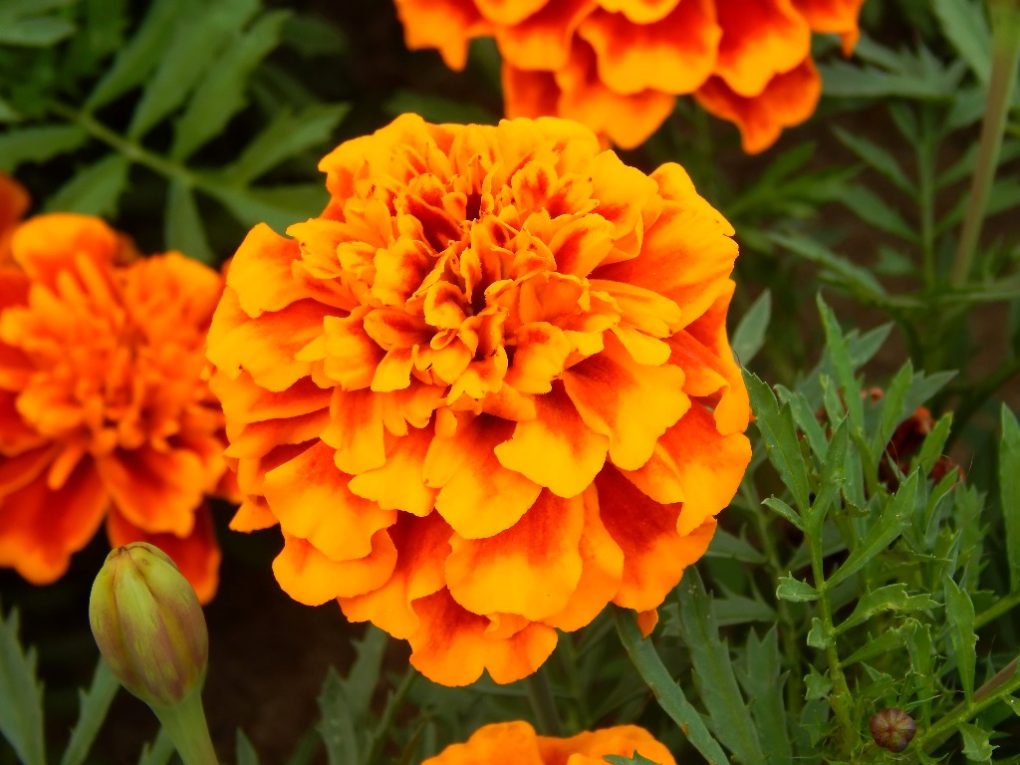
Carnations are perennial plants that can grow up to 80 cm tall. They have gray-green, narrow leaves that are up to 15 cm long. This flower has a characteristic spicy fragrance, which I learned after receiving it. They have a double-flower structure, with numerous petals arranged in a whorl. The petals are often fringed or serrated, giving the flower a unique appearance.
Cultivation
Carnations are relatively easy to grow and can thrive in various soil types. They prefer well-drained soil with a pH between 6.0 and 7.0. They require full sun exposure and moderate watering and benefit from regular fertilization. Carnations can be propagated from seeds or cuttings and should be pruned regularly to promote bushy growth and increase flower production.
Uses
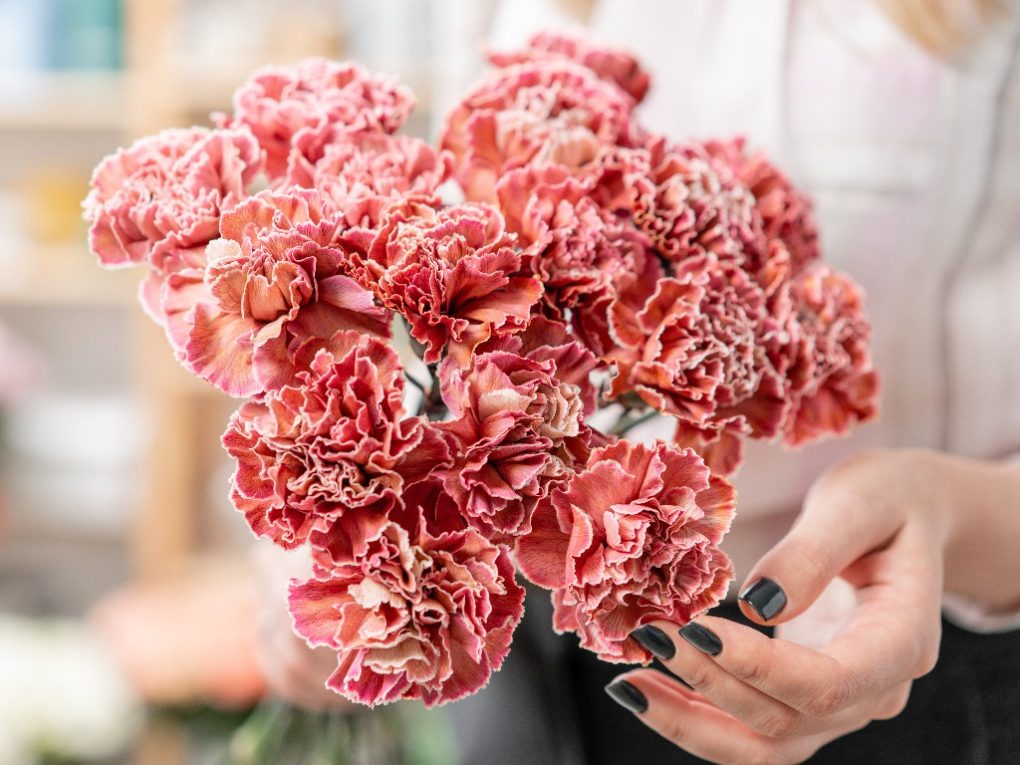
Carnations are primarily used for ornamental purposes in the floral industry and gardens. They are popularly used in bouquets, floral arrangements, and corsages due to their long-lasting blooms and attractive appearance.
Carnations are also used for medicinal purposes, containing anti-inflammatory, analgesic, and antimicrobial compounds. Additionally, carnations are used in the food industry as a flavoring agent and food coloring.
Marigold Overview
Marigolds are one of the most popular flowers in gardens. They are easy to grow and have a bright and cheerful appearance. This section will provide an overview of marigolds, including their physical characteristics, cultivation, and uses.
Physical Characteristics
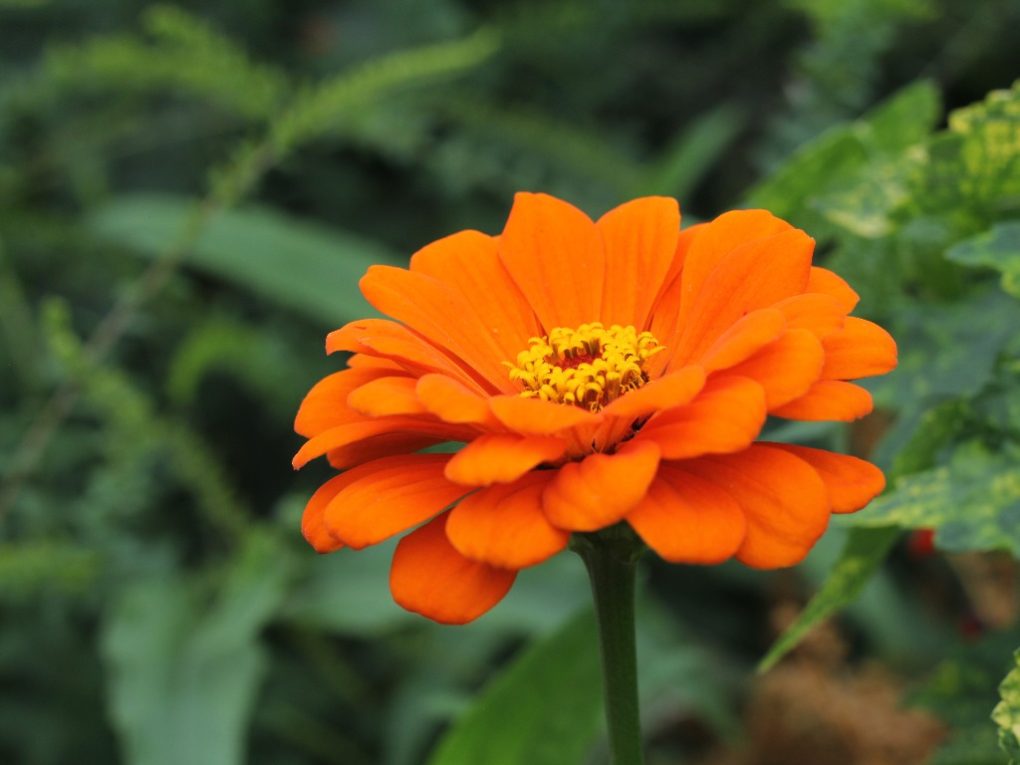
Marigolds are annual plants that belong to the Asteraceae family. They typically have a bushy growth habit and can grow up to 3 feet tall. The flowers of marigolds can be single or double and come in various colors, including yellow, orange, red, and bi-colored. The leaves of marigolds are green and fern-like, and they can be up to 4 inches long.
Cultivation
Marigolds are easy to grow and require minimal care. They prefer full sun and well-drained soil. Marigolds can be started from seeds or purchased as seedlings. They should be planted in the spring after the last frost. Marigolds should be watered regularly, but they do not require frequent fertilization. Deadheading the flowers can encourage more blooms and extend the flowering period.
Uses
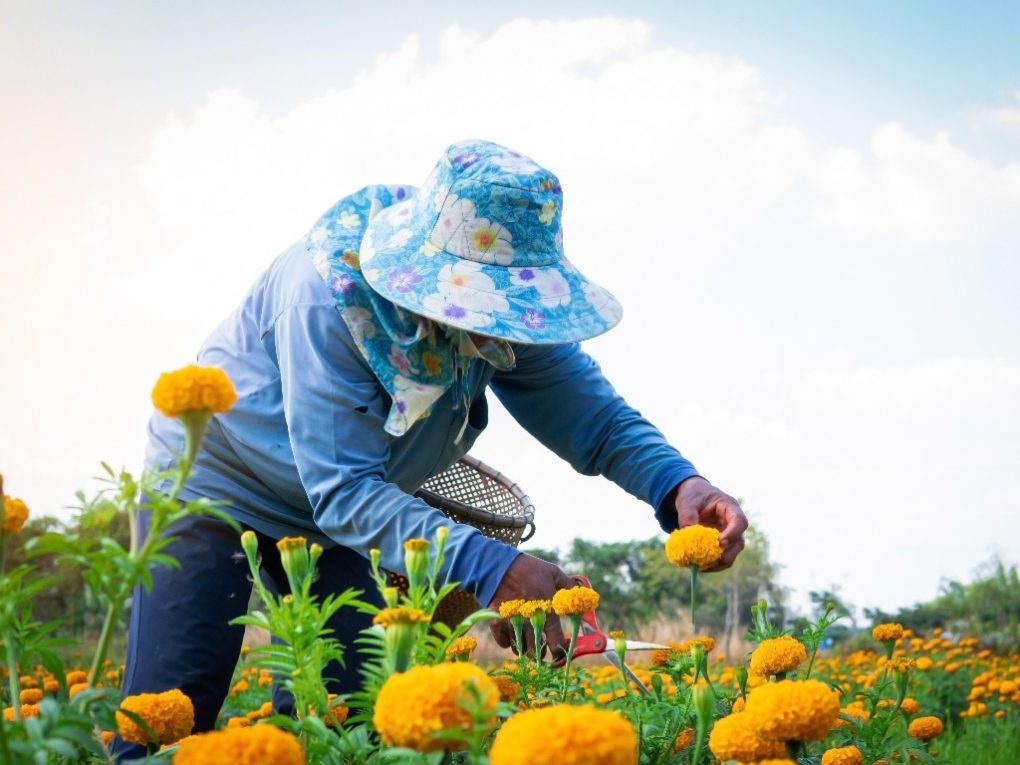
Marigolds have many uses, including ornamental garden plants and vegetable companion plants. Marigolds are believed to repel pests such as nematodes, whiteflies, and aphids and are also used in traditional medicine for their anti-inflammatory and antiseptic properties. Marigold extracts are used in cosmetics and skincare products for their soothing and moisturizing effects.
Similarities of Carnation and Marigold
Easy to Grow
Both carnations and marigolds are relatively easy to grow and are good for beginner gardeners. They require similar growing conditions, including full sun and well-draining soil. Both plants are also relatively pest and disease-resistant, requiring less maintenance and attention than other garden plants.
Carnations are propagated by cuttings, which can be taken from mature plants, while marigolds are typically grown from seeds that can be sown directly into the garden soil. Once established, both plants require regular watering and fertilization to promote healthy growth and blooming. Carnations and marigolds can produce beautiful blooms throughout the growing season with proper care and maintenance.

Sun-Loving
Both carnations and marigolds are sun-loving plants that require at least six hours of direct sunlight per day to thrive. They are well-suited to warm and sunny locations and will produce more blooms in full sun than in partial shade.
However, in very hot climates, some varieties of these plants may benefit from some afternoon shade to prevent wilting or scorching of the leaves and flowers. In general, it’s important to provide adequate water and nutrients to sun-loving plants like carnations and marigolds to help them cope with the heat and sun exposure.
Annuals
Carnations and marigolds are both flowering plants that are commonly grown as annuals. This means they complete their entire life cycle in a single growing season, from germination to flowering to setting seed and then die. As a result, they need to be replanted every year if you want to continue growing them.
However, some varieties of carnations can be grown as perennials in some regions. These plants will continue to grow and bloom year after year as long as they are provided with the appropriate growing conditions and care. Marigolds are typically grown annually, although some perennial species can be grown in certain climates.
Attract Pollinators
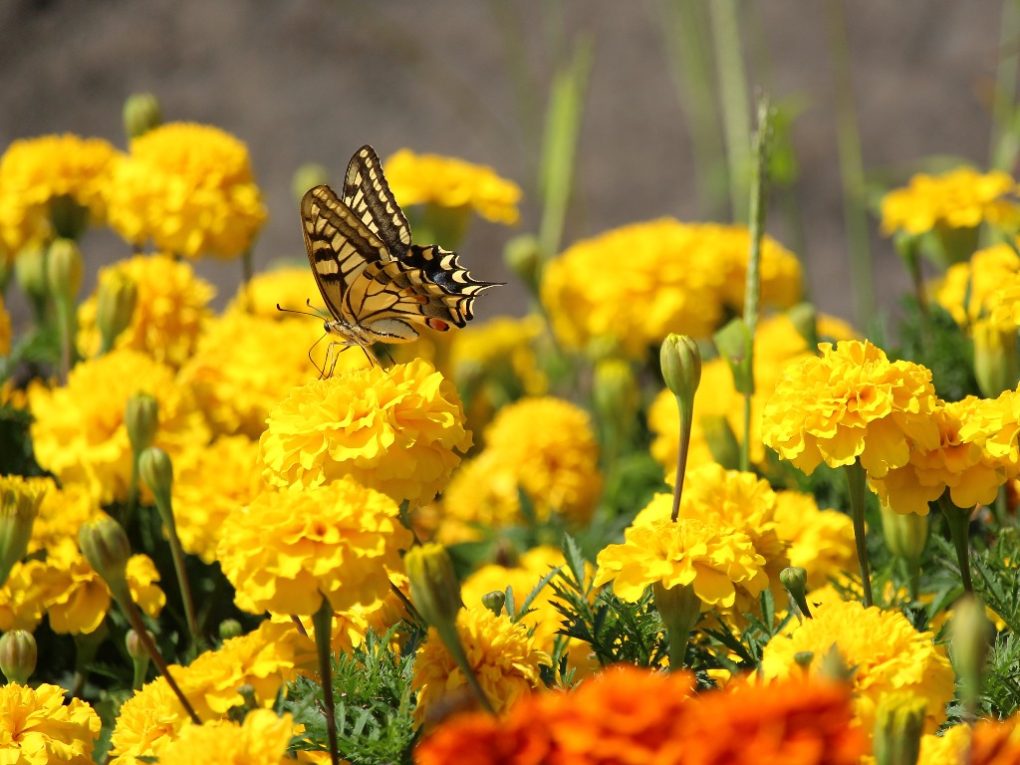
Both carnations and marigolds can attract pollinators to the garden, such as bees, butterflies, and hummingbirds, with their colorful blooms and sweet fragrances. Pollinators are important for the reproduction of many plants, including fruits and vegetables, and can help maintain healthy ecosystems and promote biodiversity.
Carnations have a light, spicy fragrance that can attract bees and butterflies. In contrast, marigolds have a strong, musky scent that can help repel some garden pests while attracting beneficial pollinators. Both plants produce nectar and pollen, which can provide a food source for pollinators, and their bright colors can help to guide bees and other insects to the flowers.
